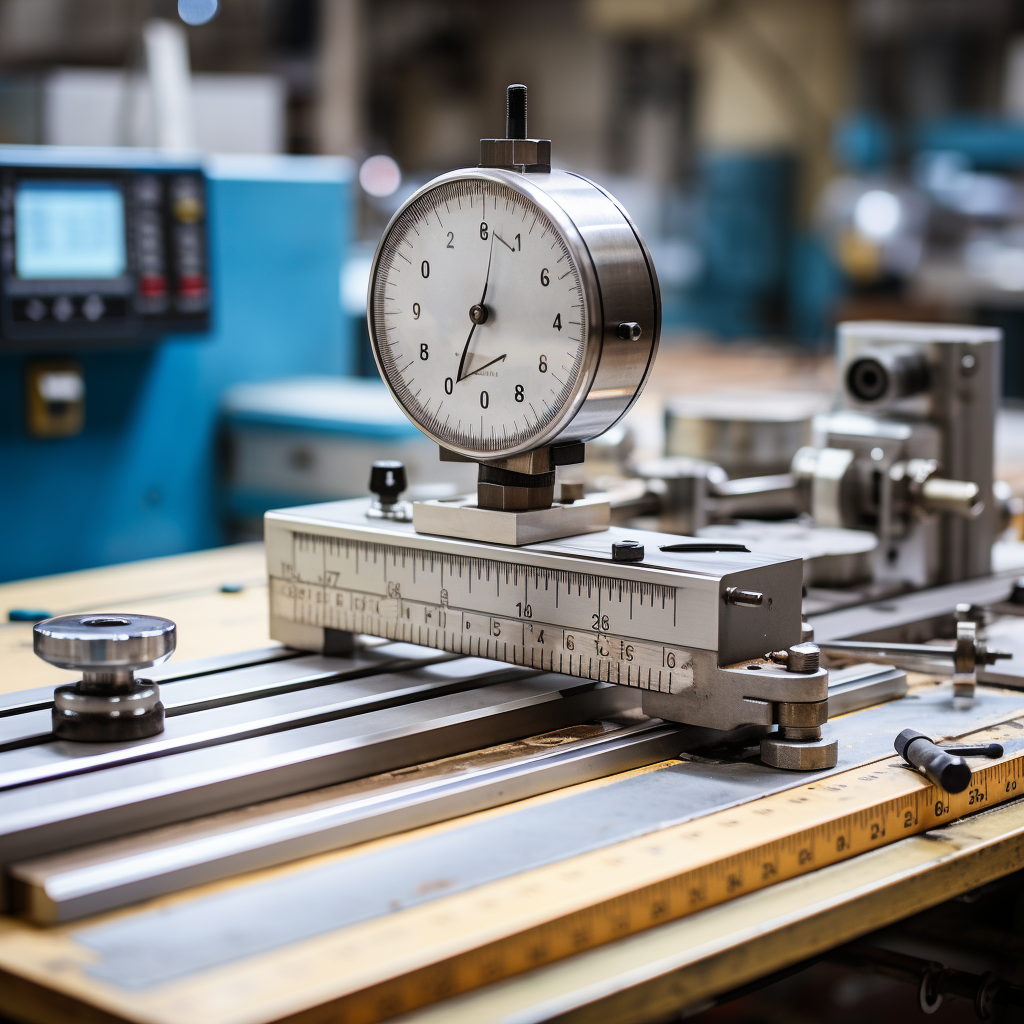
Is AI coming for manufacturing jobs?
When people look back on 2023, one of the big stories will be the impact of AI in manufacturing: specifically, as generative technologies like Chat-GPT and Midjourney start to have an impact across many sectors, from education to journalism to design and beyond.
As is standard when a step-change technology enters the workplace, that impact has various workers looking over their shoulders, wondering when their job will be taken by a computer… or a robot.
However, according to eLearning Industry’s recently released State of the Employee Experience Report, that’s not really the case in manufacturing. Just 28% of manufacturing workers fear losing their jobs to automation and new technologies - a much lower figure than sectors like healthcare and finance.
Now, CloudNC very much has a couple of dogs in this fight: not only are we a UK manufacturer, operating a high spec factory that employs over 50 people, but we’re also at the forefront of applying AI to manufacturing, through our solutions like CAM Assist, which increases CNC machine programming time by up to 80%.
So we probably have a good sense of perspective on this question. So let’s take a look: why is that figure so low - and is the workforce right to not be scared of the threat of AI?
Addressing the skills shortage in manufacturing
First off, there’s a clear reason why manufacturers aren’t scared of AI: their skills are very much in demand, and there’s skills shortage with not enough workers to go around.
We’ve written before about the state of play in US manufacturing, and why there’s such a shortage of talent, but in brief: according to Deloitte, the US manufacturing sector is expected to have 2.1 million unfilled jobs by 2030 - affecting the country’s ability to build just about everything.
That shortfall leads workers to a logical conclusion: if the industry is so desperate for skills and our jobs are in such demand, then there’s no threat from new technology.
At CloudNC, we think that position is fair enough. After all, our technology isn’t designed to replace CAM programmers - it’s there to help fill that output gap and enable existing workers to be more productive. We believe CAM Assist can shorten the production process by an average of 63 minutes per part.
That’s a huge advantage - but it’s one that allows a CAM programmer to be more productive, not one that replaces his place in the production cycle. We expect that those improvements mean that:
- Experts can spend less time on time-consuming programming, and are able to invest their time and knowledge in much more complex tasks
- Junior programmers can be more productive more quickly, and can machine more difficult components
- By reducing their reliance on manual machine programming, factories can manufacture more parts, faster and with less waste
So, on balance, given that manufacturing skills are so in demand, it’s reasonable for workers in the sector to be less worried than those elsewhere. But at CloudNC, we also suspect there’s some complacency around…
“An AI can’t do my job”
Precision machining is undeniably extremely difficult.
Making a part or component contains an infinite amount of variables, ranging from the specific (such as how a CNC machine is set up and with what tools, to the quality of the stock) to the more abstract: Is it a rush job? Is the machinist motivated to do their best work, or are they trying to get out the door… or are they simply better at some kinds of jobs than others? Is the factory floor hotter in the afternoon than it is in the morning, which can affect how a machine performs?
In other words, there’s a vast amount of variance built into the machining process, and the way that manufacturers cope with that is to lean on experience, built up by individuals one job at a time, over many years.
That’s the right thing to do, and precision machining is highly skilled work (just check our social media feeds for proof!). But that process does give rise to the viewpoint that experience is irrevocably irreplaceable: certainly, you don’t have to go too far on any factory floor to find someone willing to assert the view that there’s no way an AI could do their job as well as they do.
On this part of the equation though, CloudNC is less sure that the manufacturing stance holds up in the long-run. Why? Well, we’ve already overcome a great deal of industry skepticism and built a CAM programming solution that can complete the strategies for the creation of many parts and components without intervention from a programmer.
Now, that solution can’t yet do everything: CAM Assist is at present, one month after launch, more effective on 3-axis prismatic components than for more complex parts. However, we do expect to develop it further, so in time it will address issues like positional multi-axis machining, complex materials, automatic feeds and speeds, and simplified fixtures - ultimately bringing our solutions closer to meeting our mission and vision: to enable single-click manufacturing for the world.
Admittedly, achieving that vision is some years away. But not only do we expect to make incremental improvements across the CAM programming journey for the foreseeable future, our solutions are already making a difference for users and customers today.
So is it reasonable to expect that, in time, software will get better and better, and get even closer to expert-level performance? We think so. And that will help programmers and machinists be even more productive than they are today.
Want to find out if CAM Assist can help you? Get in touch and you could benefit from a skilled CNC machinist on your desktop!




